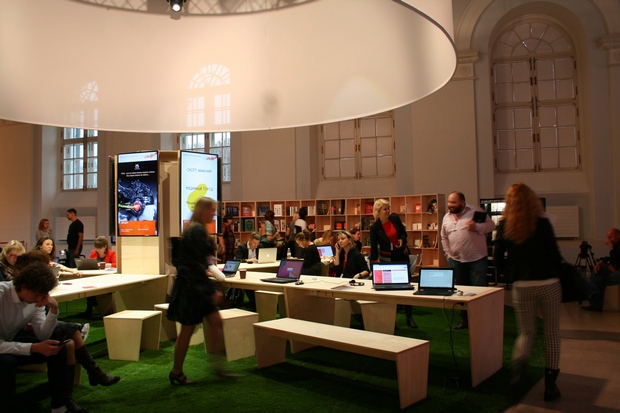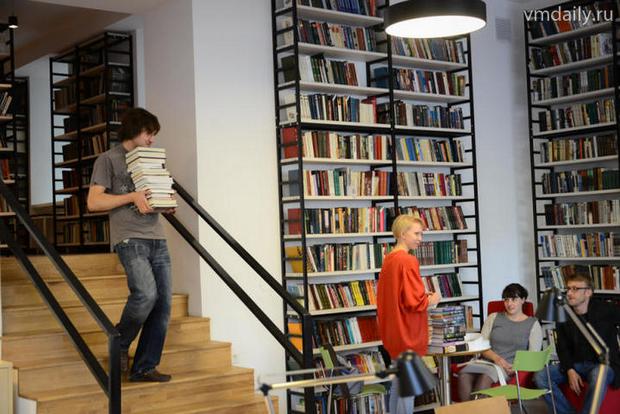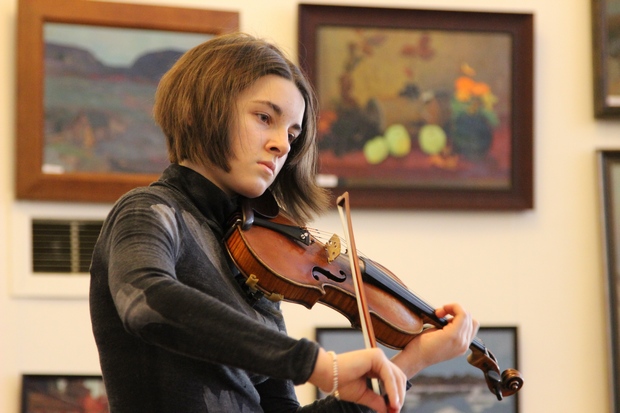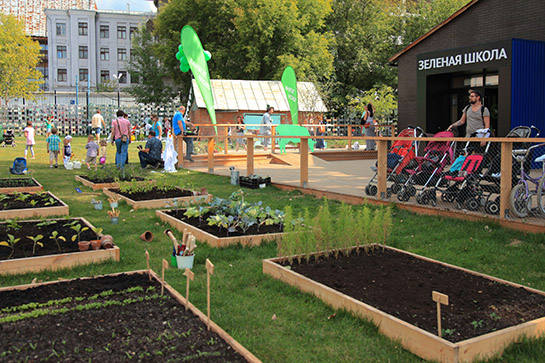Culture in the city: better less, but of higher quality

How is the cultural potential of urban areas measured — by the square meters of libraries and museums, the number of seats in theaters and cinemas, or does a modern city need some other, more objective criteria?
The discussion on the subject of “Square Meters of Culture: standards for providing citizens with cultural infrastructure” opened the “City” professional program at the Moscow International Forum “Culture. Look into the Future.” According to experts, the main focus of the approach to modernizing the construction and establishment of cultural institutions in Moscow should be the slogan, “Quality over quantity.”

The current regulatory system should be revised to reflect new realities, reckons the deputy chairman of the Committee of Architecture and Urban Planning, Alexander Timokhov. Current regulations are too rigid, literally to the meter detailing the requirements for the placement of cultural institutions. Thus, in accordance with the document “Design Rules and Regulations for Planning and Building in Moscow” (MGSN 1.01- 99), which today designers are obliged to follow, for every 1,000 inhabitants at least 0.15 square meters of culture and art must be provided. This includes 10 square meters of exhibition halls, 10 seats in a multi-purpose hall, 3.1 volumes of a library fund, 90 square meters of club facilities, etc. A more flexible approach is needed for calculating estimates for providing the population with cultural facilities, and the use of a differential method, which converts the instructions into definable calculations and percentages.

According to Alexander Timokhov, planning functions should be more flexible too. Breakdown between the types of planning and placement of cultural institutions can be factored out of planning documentation. This will contribute to a more active participation of commercial entities, the real estate developers in the construction of such facilities. As an example, Alexander Timokhov cited the situation when a public hearing was held for a cultural facility provided for in the site design, but the necessary budget for its construction had not yet been allocated. A private investor is willing to invest, but he offers a different function which is interesting for residents, but different from the one that was coordinated and discussed at public hearings. As a result, the facility has to be put in queue for government funding, and the wait may be quite long: at the expense of the city, in the capital on average only six cultural institutions are built in a year — this figure was named by a Department of Culture of Moscow representative.

The general thrust of modernizing regional regulation should be directed towards the consideration of the interests of the developer and the sustainable development of cultural institutions for all categories of the population. In order to meet the population’s demand for cultural sites it is necessary to bring in an adjustable fraction of the functionality of the total site development regardless of the form of investment, considers the deputy chairman of the Committee for Architecture and Urban Planning. Alexander Timokhov presented a number of territories in which the investor is willing to assume the obligations for the construction of cultural infrastructure. This is mainly large competition projects. One such example is the regeneration of the ZIL industrial zone, where the developer has assumed extra obligations, suggesting the additional construction of a concert hall. The presentation of this project with the participation of the Chief Architect of Moscow, Sergey Kuznetsov, took place on the third day of the Moscow Cultural Forum.

Building square meters of commercial housing is more profitable than square meters of museums. But we are ready to look for mechanisms to encourage developers so that they will include cultural institutions into their projects, said Alexander Timokhov.
Yulia Strashnova, head of the “Social Infrastructure” research and development association of the General Plan of Moscow, said that the Institute with the support of the Committee for Architecture and Urban Planning of Moscow is now changing priorities in the field of urban planning, and is shifting away from the creation of new cultural facilities to the more efficient and multi-purpose use of existing sites — parks, sports facilities, and recreational areas in order to expand more cultural functions based on them. According to the specialist, it is necessary to revise the existing rules, as today the lack of cultural institutions of regional significance are compensated by citywide facilities, the number, importance, and attendance of which has been steadily increasing. At the same time it is necessary to strive to more evenly distribute such facilities with high cultural potential throughout the territory of Moscow.

Strashnova spoke about new approaches that will be reflected in the departmental land-use planning scheme of cultural facilities in Moscow through 2025. The Moscow River, which crosses the entire city, can be used as a base of the “cultural network”. The creation of cultural centers is stipulated in the technical specifications for the international contest for the development of riverside areas.
.jpg)
Projected transport interchange hubs and the area adjacent to the Ring Road and the “New Moscow” will also be “points of attraction” for new cultural venues. This approach will contribute to a more even distribution of cultural facilities of citywide importance throughout the city and a more efficient use of available resources in the city.
The discussion was also attended by Deputy Project Director of the Center for Cultural Initiatives of New Moscow Yana Negreeva, Head of the Directorate to work with territories in the Department of Culture Ekaterina Sachkova, Director of Development at RDI Anna Chin-Go-Pin. The discussion was lead by First Deputy Head of the Department of Culture of Moscow Elena Zelentsova.
Panelists discussed the need to expand the functional content of cultural institutions in Moscow taking into account the new directions in the development of the arts, youth subcultures and social significance of cultural initiatives in the modern life of the capital.





